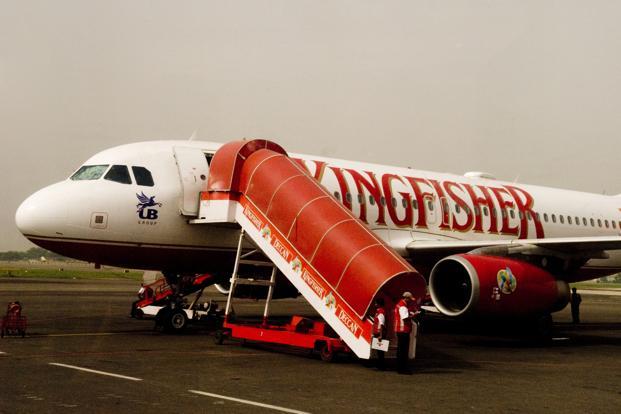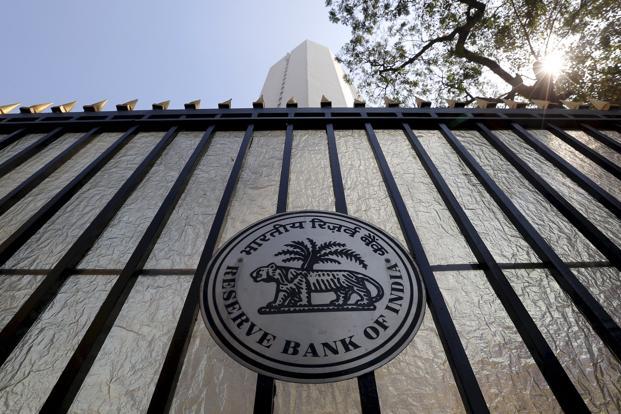India’s finance minister P. Chidambaram wants banks to chase affluent promoters of sick companies who have a high-flying lifestyle and yet aren’t willing to clear banks’ dues. He hasn’t cited any instance, but the obvious provocation for his outbursts against rogue promoters seems to be loan default by grounded Kingfisher Airlines Ltd. Its promoter Vijay Mallya—known as much for his love of the good life and the popular Kingfisher calendar as for Kingfisher beer—owes around Rs.7,000 crore to a consortium of banks, led by the State Bank of India (SBI).
The consortium in November 2010 had restructured the debt to throw a lifeline to the airline by stretching the repayment period, cutting interest rates, and even sanctioning a fresh loan. The banks also converted Rs.1,355 crore of debt into equity, at a 61.6% premium to the market price of Kingfisher Airlines’s stock then. Following this, banks got a 23.21% stake in the airline’s equity with a rider that they could not sell the shares for the next two years. In April 2011, when the debt was converted into equity, the price of Kingfisher stock was Rs.39.90; now the stock is trading at around Rs.7.60. It’s not difficult to calculate how much banks have lost on account of this. Mallya, meanwhile, has not lost his love for cricket, Formula One racing and other good things in life.
The phenomenon of promoters remaining healthy while their companies going down the drain is not new. A decade back, when the Board for Industrial and Financial Reconstruction (BIFR), the government agency to revive sick companies, was alive and kicking, bankers had seen industrialists junking their Maruti cars and driving in Mercedes to attend meetings while their once-healthy companies were on a stretcher. Citibank NA in India used to send eunuchs to the houses of loan defaulters to sing and dance and embarrass them. Some banks have also exercised the option of sending musclemen to scare a defaulting borrower and putting up posters with photographs of the borrowers. These tricks can work for retail borrowers and small and medium enterprises but eunuchs cannot shame the high-profile, big-ticket borrowers and musclemen can’t scare them. They are Frankensteins, created by politicians and the banking system.
For the state-run banks, that make up three-quarters of the Indian banking industry, bad assets ballooned in fiscal 2013. At least three such banks have gross non-performing assets (NPAs) of more than 5% of their loans—a level last seen many years ago—and many more between 3% and 5%. (The latest available figures are for December; banks are yet to announce their earnings for the March quarter.) The gross NPAs of 40 listed Indian banks rose to Rs.1.79 trillion from Rs.1.25 trillion in December, up 43.1% from a year ago. After setting aside money, their net NPAs have grown at an even higher pace of, around 55%. According to a finance ministry note, some 7,370 cases of loan defaults have been reported by banks in fiscal 2013, involving Rs.58,556 crore. Indeed, some of them could be wilful defaulters but it’s not easy to brand a borrower as a wilful defaulter.
According to the Reserve Bank of India, a wilful defaulter is one who has the ability to pay up but doesn’t pay; who diverts funds; or, who has sold the property that was used as a security to obtain the loan. Since money is fungible, it is extremely difficult to establish that a borrower has indeed diverted bank funds.
After the collapse of US investment bank Lehman Brothers Holdings Inc. that led to an unprecedented credit crisis globally and sharply eroded value of many companies, quite a few Indian corporations went shopping overseas. Some of them may have used bank loans, raised for some other purposes, for such acquisition, but banks cannot establish this easily. With many such acquisitions going sour, corporations are finding it difficult to pay back the money. So, the deteriorating macroeconomic scenario in Asia’s third largest economy alone is not responsible for the rising bad assets of banks; irresponsible corporate strategy to expand has also contributed to it.
A wilful defaulter cannot raise money from the capital market; and all group firms are also barred from accessing bank finance. The lenders can take legal action against such defaulters to recover money. The debt recovery tribunal is a fast-track route to dispose of such cases but the borrower can appeal against a tribunal judgement in a high court. Simply put, it’s not easy for banks to recover money. In fact, rules are always tilted in favour the borrower and not lender, globally. The bankruptcy proceedings in the US have inherent bias towards borrowers; in India, victims of economic downturn recast their loans on the so-called corporate debt restructuring platform.
SBI, which controls about 20% of the total assets of India’s Rs.75 trillion banking system, classified 274 companies as wilful defaulters in fiscal 2013, after pushing 383 into that category in the preceding fiscal, but caught in this net are all small fishes. It will be able to recover part of its Rs.1,600 crore Kingfisher Airlines loan by selling shares in two group companies, two UB Group properties in Mumbai and Goa and two helicopters. It also holds the Kingfisher Airlines brand as collateral in addition to a personal guarantee from Mallya.
Banks have been increasingly asking for personal guarantees from high-profile promoters but it does not guarantee timely repayment of debt.
Besides, who will give the personal guarantee on behalf of a public sector undertaking or a widely-held company? The best way to ensure timely repayment of loans is intelligent appraisal of proposals, a hawk eye on every account and continuous monitoring. Bankers know how some promoters take the system for a ride but don’t know how to bell the cat.



